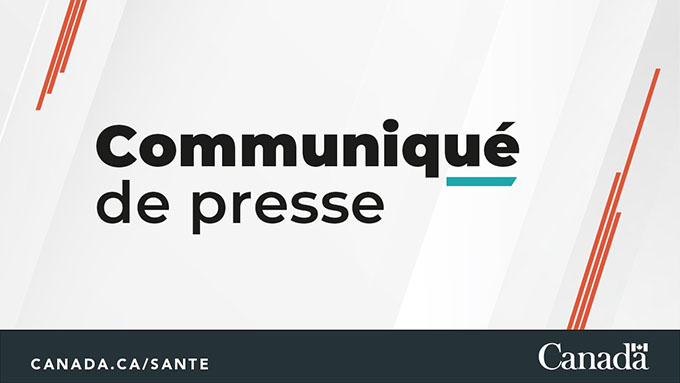Worryingly, there isn’t necessarily a long-term plan for reducing this traffic.
responds Laura Minet, Assistant Professor of Civil Engineering at the University of Victoria.
In their opinion, proposals to build more highways are not feasible because The more space there is for cars, the more cars are on the streets
assures her.
The professor, who is interested in the effects of congestion and traffic on air quality, points to a double problem, human and environmental, based in particular on the results of a study she took part in in 2016.
” Pollutant emissions from private cars were responsible for more than 300 premature deaths a year in the Toronto area. »
She adds that not only does traffic have an impact on the mental health of people who waste time on transportation, but also on air pollution in the Toronto area and to the people who live near these major highways
.
Laura Minet also argues that 75% of the Toronto area’s greenhouse gases come from conventional private cars and that these environmental impacts increase as the number of cars increases.
However, Minet points out that electric cars will not solve all problems. While these vehicles allow for a reduction in greenhouse gas emissions, they do not prevent emissions of fine heavy metal particles released from tires and brakes. And especially, nor will it solve any traffic problems
she admits.
Which solutions?
According to Robin Lindsey, professor of transport economics at the University of British Columbia, much can be done to combat traffic congestion, including developing public transport.
The benefit of relying on public transport, in addition to reducing the number of cars in circulation, is saving on gas and insurance, he explains. Financially it is a good solution for the residents
he assures us and adds that it’s also good for the environment, especially if the buses are electric
.
However, Robin Lindsey believes Toronto needs to do more to encourage other modes of transportation, such as B. Active mobility by encouraging walking and cycling and increasing the number of cycle lanes.
He adds that carpooling and two-wheelers can also be a solution to traffic congestion.
The City of Toronto map
For its part, the City of Toronto reiterates that traffic management is one of its priorities and that it is implementing various measures to combat traffic congestion as part of its plan move TO.
The city’s traffic department, for example, calls the installation of intelligent traffic lights
which allow automatic synchronization of signals according to real-time traffic.
The city also says it will hire traffic officers to manage the rivers, roads and pedestrians, at major intersections during morning and afternoon rush hours
.
Additionally, according to the Department of Transportation, Toronto has a system that detects and delays buses that are late Extend green lights when needed to minimize impact on public transport users
.
According to the INRIX report, Montreal and Vancouver are the second and third largest cities in Canada, respectively, where road congestion is at its worst.
With information from Andréane Williams

Award-winning entrepreneur. Baconaholic. Food advocate. Wannabe beer maven. Twitter ninja.






